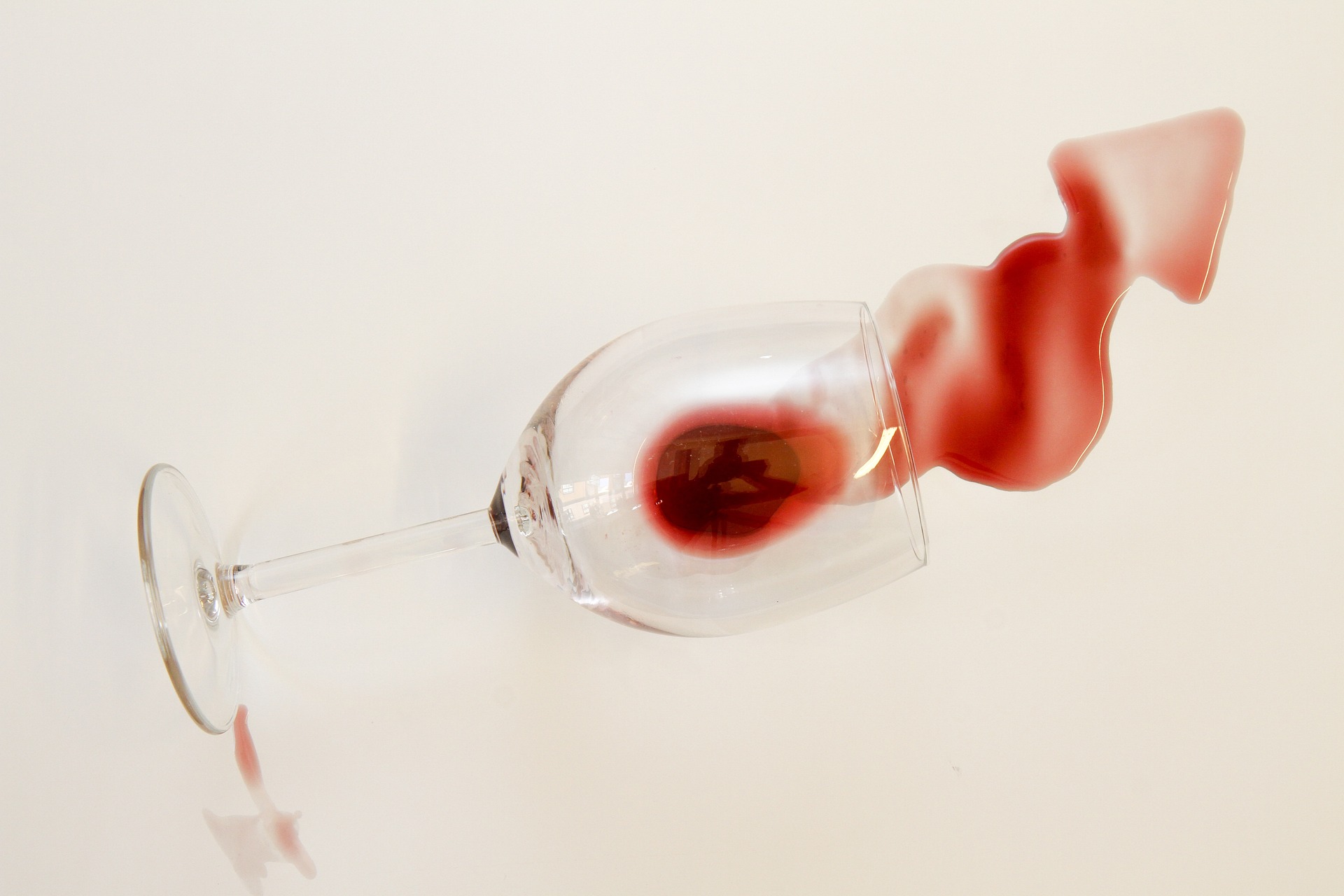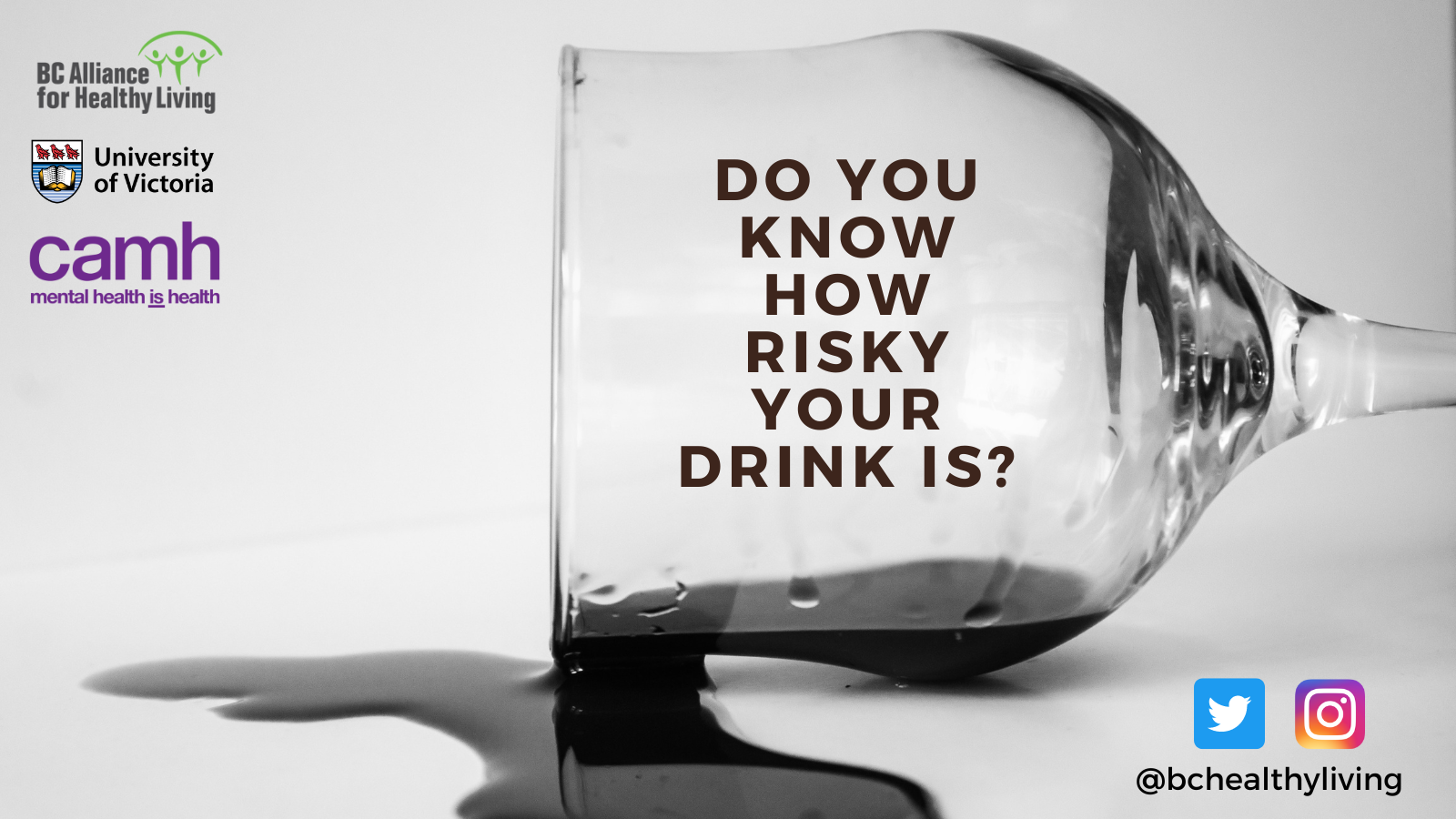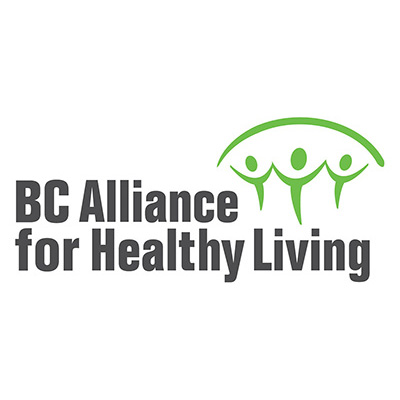Note: this piece was first published in The Tyee, Castanet and The Province.
Sometimes it’s a couple of pints of beer after work with friends, sometimes it’s a margarita to go with your tacos. Sometimes it’s an actor’s cocktail of choice that goes viral the world over.
However you may encounter it, alcohol is so commonplace that few realize how harmful it can be, and most don’t know where the line crosses from moderate to excess. The recommendation from Canada’s updated low-risk drinking guidelines that came out on Jan. 17 is no more than two drinks a week, and avoid binge drinking which is four or more drinks in one setting.
According to the World Health Organization (WHO), alcohol consumption is “a causal factor in more than 200 diseases, injuries and other health conditions”. It is associated with the risk of chronic diseases like heart disease, high blood pressure, stroke, and digestive issues, as well as several types of cancers including mouth and throat cancer, stomach cancer, and in women, breast cancer.
This information is cause for concern given recent increases in alcohol sales and consumption in BC. Data from Statistics Canada showed 22% of British Columbians increased their drinking, an increase that came with pandemic restrictions and closures, as well as the loosening of some alcohol policies in the province, including pilot projects by some jurisdictions that allowed more off-sales and drinking in parks.
In 2020, it is estimated that alcohol was responsible for 173,531 hospitalizations and 2,672 deaths in BC. To put this into context, in the same year opioid overdoses were responsible for 1,767 deaths and COVID-19 led to 1,391 deaths. Researchers say these figures are expected to increase over the next few years, as we see the shift in drinking behaviour take effect.
Despite its links to chronic diseases and cancers, we don’t often see this information. Surveys show Canadians don’t know about the link with cancer.
So, what are some ways we can promote moderate drinking habits and support health? The first step is to give consumers useful information so they can make informed choices.
Alcohol warning labels should be like nutrition labels: providing details on the number of calories and how much ethanol is in each bottle or can, what a standard drink size is, and the risks associated with drinking over the recommended amount.
Consumers have a right to know what is in their drink and what the effects of alcohol are on their bodies, which is why the BC Alliance for Healthy Living (BCAHL) supports the use of alcohol warning labels.
BCAHL also supports pricing based on ethanol content, rather than on the volume of liquid or the type of alcohol. This creates a disincentive for producers making high-strength “fortified” beers, hard ciders and coolers that are heavily marketed to young people and promote binge drinking.
Studies show that adjusting alcohol prices this way decreases excessive consumption among youth and heavy drinkers – and these are two populations for whom it is critical to reduce the harms associated with excessive alcohol use.
A third way we can decrease alcohol use is by reducing the density of liquor outlets so that there’s not a bar or liquor store everywhere we turn. One study found that an increase in the density of liquor stores was associated with increased alcohol-related deaths.
So rather than approving more outlets, private or otherwise, we urge the province to put a cap on how many there are per capita, to set prices according to ethanol content and to work with the federal government to put warning labels on containers so consumers know the risk in their drink.
Beyond disease prevention, reducing alcohol can improve your sleep, energy levels and mood. Instead of a happy hour or new year, these measures will go a long way in ensuring that we all have healthier and happier years ahead.


